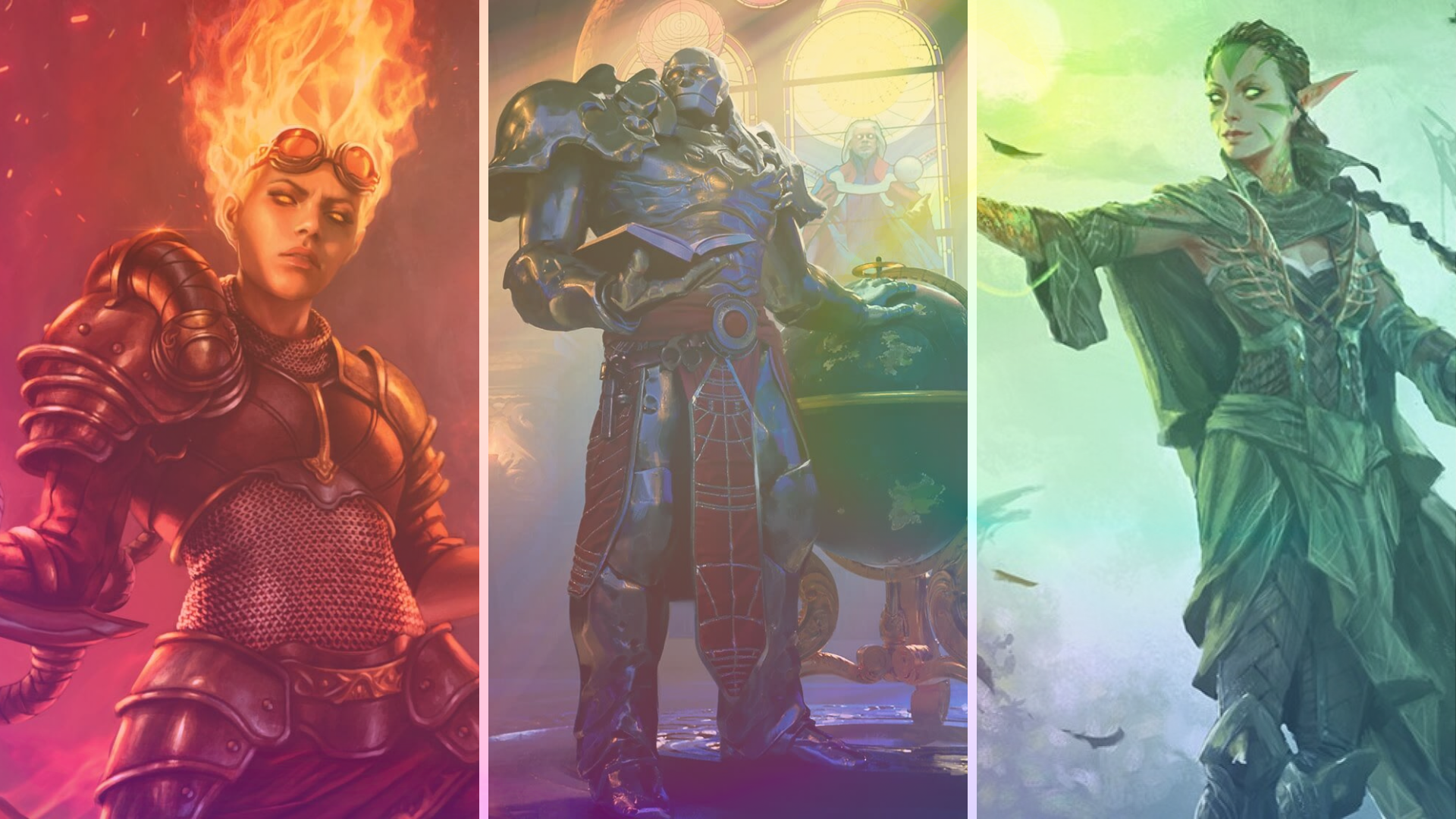
The wonderful LGBTQ+ history of Magic The Gathering
In recent decades, society has become aware that life is not simply black and white, that everyone is different, and that people – no matter who they are – deserve to be seen. With that realization, many in the queer community are finally starting to see regular representation in TV shows, movies, video games, and more. One game that has made strides with LGBTQ+ representation is Magic the Gathering (Magic).
From trans, non-binary, to gay, and more, Wizards has found ways to use its five colors of mana to represent a rainbow of people and their experiences. From Nissa and Chandra to Ral and Tomik, we’ve examined the rocky, but fruitful history of LGBTQ+ representation within Magic.
One of the first LGBTQ+ characters introduced to Magic was Xantcha. During the early sets of Magic, the major character of the story was Urza, a powerful planeswalker with the ability to traverse the multiverse to visit exciting worlds, peoples, and cultures. Urza’s goal was to defeat the Phyrexians, a bio-mechanical threat that sought only to spread their oily devotion to their god Yawgmoth. Xantcha, first appearing on the card Sleeper Agent in Urza’s Saga from 1998, was a Phyrexian sleeper agent who defected from Phyrexia to help Urza.
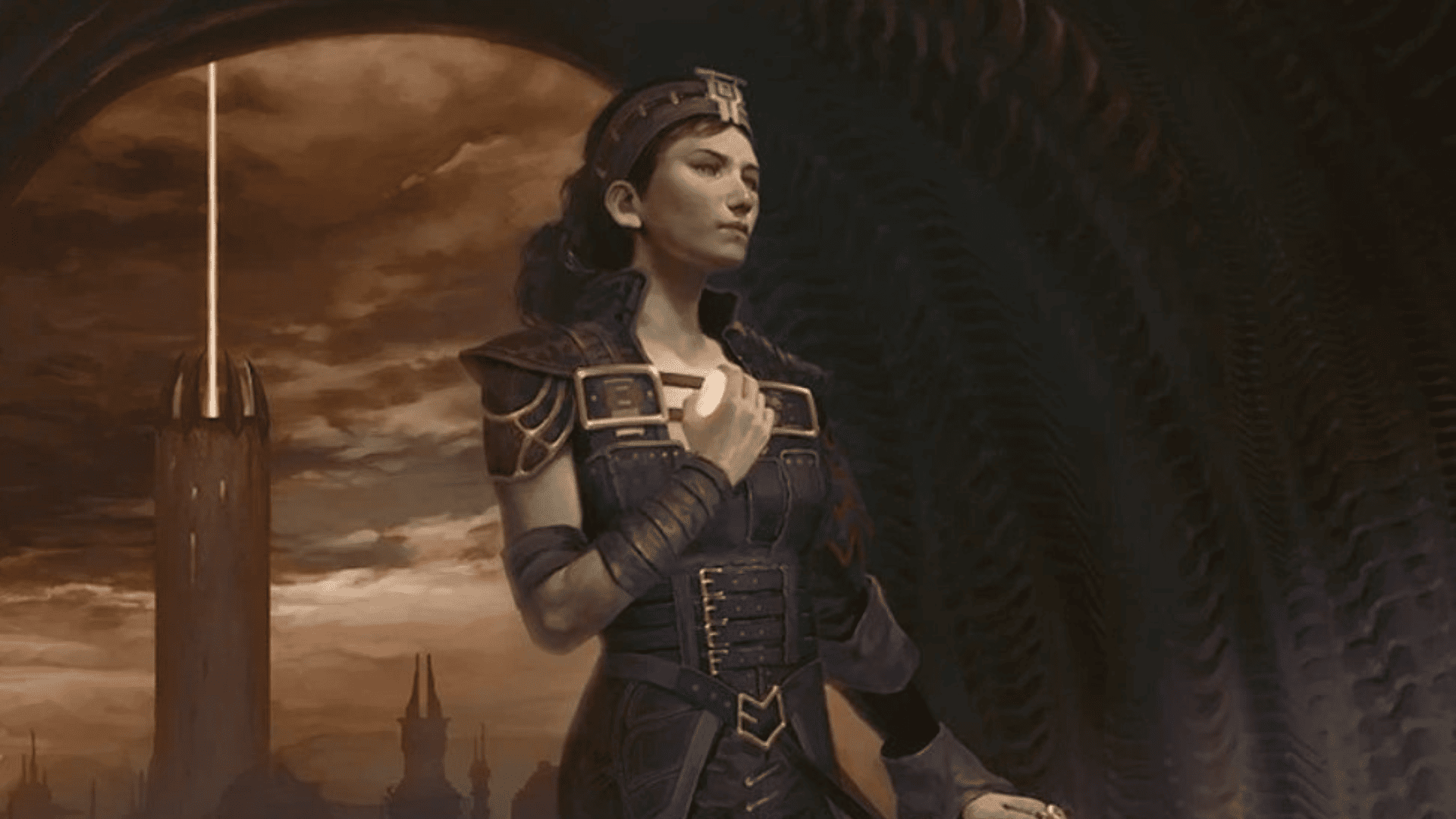
Born a Phyrexian newt, a vat-grown human, Xantcha has no concept of gender. After being saved by Urza and journeying around the multiverse, Xantcha starts to use She/Her pronouns, and plays with her presentation, effectively being transfeminine. She and a man named Ratep would later go on to help Urza through a bout of insanity caused by Yawgmoth and eventually fall into a relationship. In the novel ‘Planeswalker‘ by Lynn Abbey, where Xantcha and Ratep have a relationship, the author is never crude about Xantcha’s identity or relationship with Ratep. Xantcha does not have genitals, but this does not matter as the two just “make it work.” Eventually, Urza confronts Gix, Xantcha’s torturer and Yawgmoth’s lieutenant, and later on, Ratep and Xantcha sacrifice their lives to give Urza the opening he needs to kill Gix.
In many ways, Xantcha is a great example of a transfeminine character. While she is not assigned male at birth and then transitions, she instead starts with no gender, experiments, then discovers her identity within her feminine presentation. Xantcha is also not a token side character that holds no importance, but instead a main character. She learns, grows, and becomes a woman while being key to Urza’s progress toward defeating Phyrexia. Overall, Xantcha is a strong character and a great example of Magic including queer representation. Most importantly, it is Xantcha’s sacrifice that inspired Urza to harvest her heart and use it to create our next LGBTQ character, Karn.
Karn the Silver Golem is a construct made by Urza, and who identifies as Agender, but uses He/Him pronouns for ease of communication. Karn would go on to be an instrumental part of Urza’s plan to defeat Yawgmoth, primarily by acting as part of “The Legacy” – a powerful weapon that destroyed Yawgmoth and freed Dominaria, the major setting for most of Magic’s early stories, from the threat of Phyrexia. Eventually, Karn created Argentum, a plane made entirely of metal; which he would accidentally corrupt with Phyrexian oil, then help destroy the now New Phyrexia as part of the latest storyline.
While Karn never outright says he is agender, his creator Mark Rosewater outright confirms this on his blog. Karn lets people address him however they like, because gender is unimportant to him, he’s far too busy trying to save the multiverse and fixing his creator’s mistakes.
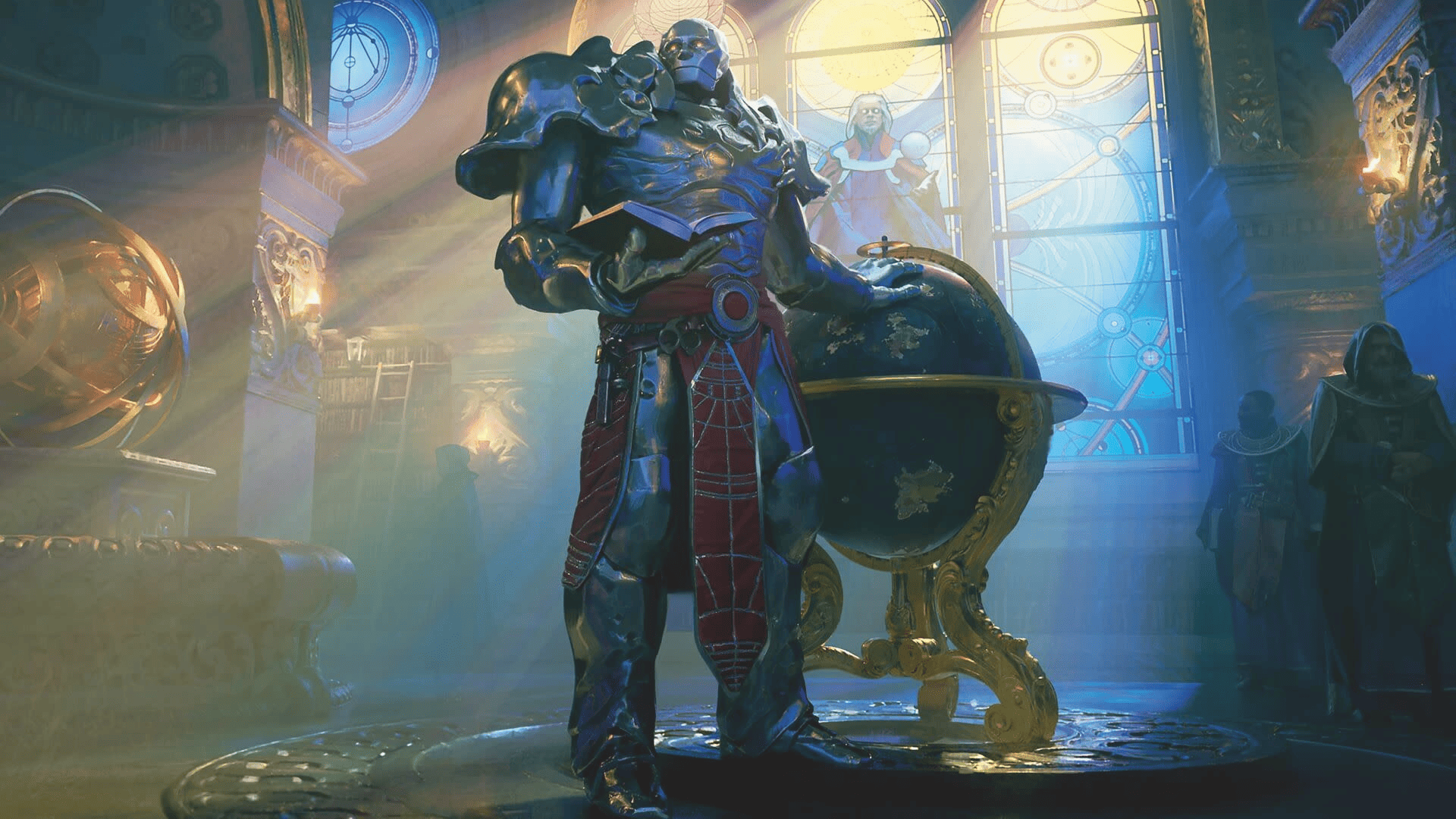
Even so, one thing to remember about Karn is that he was written and created over twenty years ago, when the idea of being agender was not known as well as it is today. As Mark Rosewater said on his Blogatog page, “We used ‘he’ because twenty years ago there was no concept of gender identity and the default pronoun was ‘he’ […] Gender identity is what the individual chooses, not what others choose for them. Karn does not have a gender.” While it seems Wizards of the Coast stumbled into agender representation with Karn, revisiting his story in the future may be beneficial, particularly if it puts Karn in charge of his own identity. After all, Karn is still an integral part of the Magic storyline. So, while perhaps not as strong as Xantcha’s representation, it’s difficult not to give Wizards some points for making Karn, the legacy of their once main character, and an agender hero of the multiverse.
Over the last decade or so, Wizards has also started to increase their gay and lesbian representation. In 2012 and 2013, during the Dragon Maze Magic set, players are first introduced to Ral Zarek and Tomik on the plane of Ravnica, an entire city-wide plane of Renaissance architecture ruled by the council of Ten Guilds. Ral is from the Izzet Guild, the Blue and Red inspired guild that loves knowledge and explosions. Tomik is from the Orzhov Guild, the White and Black guild, which is part mob family and part church and just so happens to use indebted souls as minions.
While Ral’s and Tomik’s stories in Dragon’s Maze do not show them together, if you look at their cards, you can see that Ral and Tomik each have a piece of cloth from the other’s outfit as a subtle sign of their relationship. This was Wizard’s way of showing their relationship in Magic without stating it out loud because, even a decade ago, LGBTQ+ representation was not as overt as today.
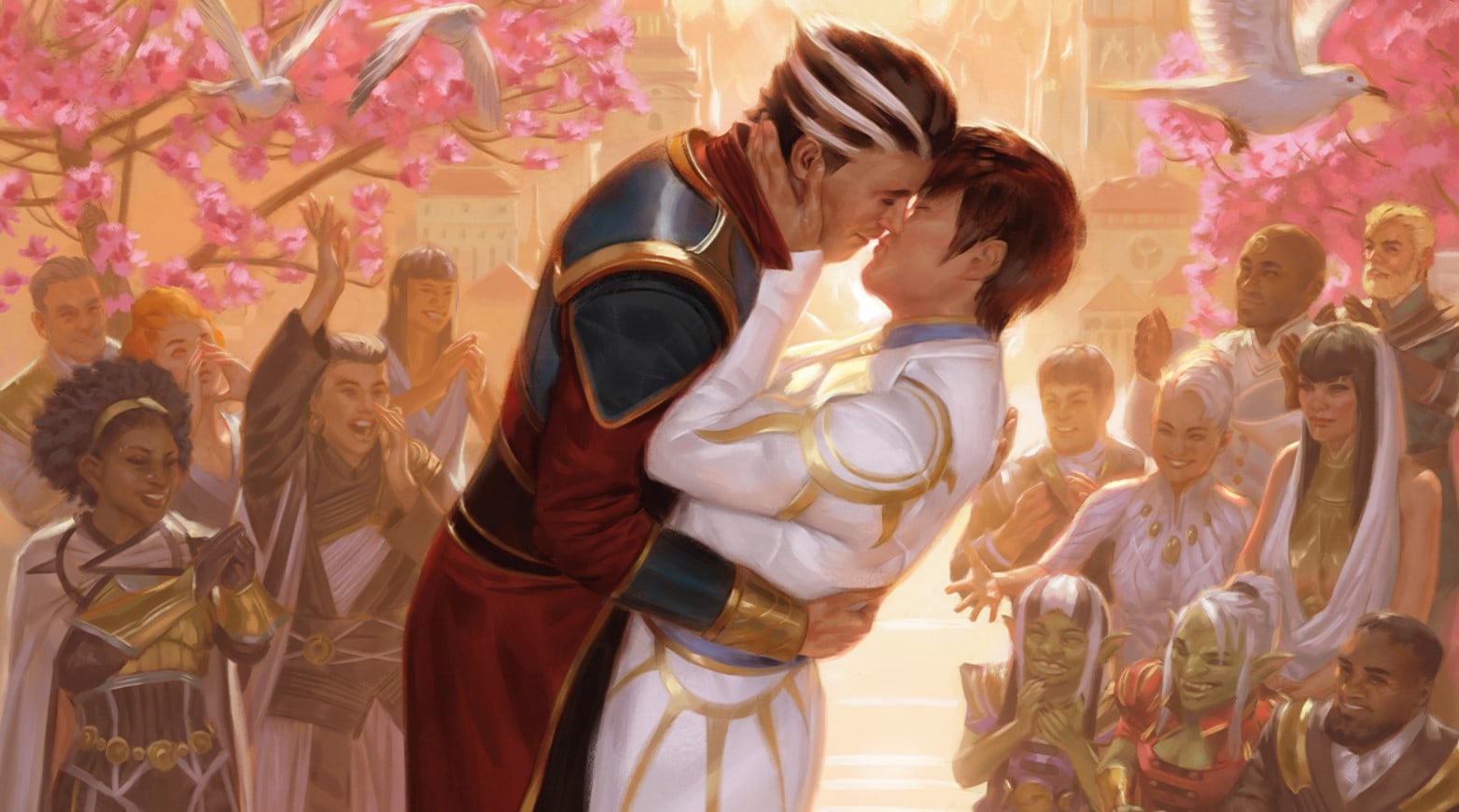
Thankfully Ral and Tomik’s love is not hidden away for long. After the events of the War of the Spark, which boils down to an evil dragon planeswalker named Nicol Bolas trying to harvest the souls of planeswalkers to ascend to godhood, we get a scene where the two embrace and kiss privately. Additionally, as part of a Secret Lair drop (which is no longer available) supporting LGBTQ groups, there is a special printing of the card ‘Savor the Moment,’ where we see the “I do” moment from Ral and Tomik’s wedding.
Ral Zarek is a somewhat important second-string character to Magic’s main crew, as in he is not usually involved in major stories, but when the narrative circles back to Ravnica, you just know he’s going to show up. He eventually becomes his guild’s leader, and so does Tomik, showing that gay men can obtain positions of power and respect, and excel in those positions. And while Ral and Tomik do not get much screen time, the time we do get with them is important to the narrative and is not drowned out with forced recognition of their sexuality. They are powerful, competent leaders who just happen to be gay and in love.
Next, we have Saheeli Rai and Huatli. Saheeli is an artistic artificer planeswalker from Kaladesh, a world inspired by the vibrant beauty of India combined with a heavy dose of Arcano-gadgetry. As for Huatlti, she is an Aztec-esque Warrior-Poet planeswalker who rides into battle on dinosaurs from the plane of Ixalan, inspired by the age of exploration mixed with Jurassic Park. With such wildly different worlds, you might be wondering how these two met. Well, in Alison Luhrs’s “A Note For a Stranger.” We read how Huatli’s first planeswalk, usually a spontaneous incident triggered by a traumatic event, flung her across the multiverse to Kaladesh where Saheeli greeted her. The two chatted, became friends, spent time on Ravnica, and eventually started a relationship. During the War of the Spark, both Saheeli and Hautli were instrumental in stopping Bolas’s plans. Saheeli helped destroy the Immortal Sun, a powerful device that prevented planeswalkers from escaping, while Huatli fought to protect civilians from Bolas’s minions. Later on, during the Invasion of New Phyrexia, Huatli would help protect Ixalan, and Saheeli would protect Kaladesh alongside artifacts inspired by her girlfriend’s dinosaur pals.
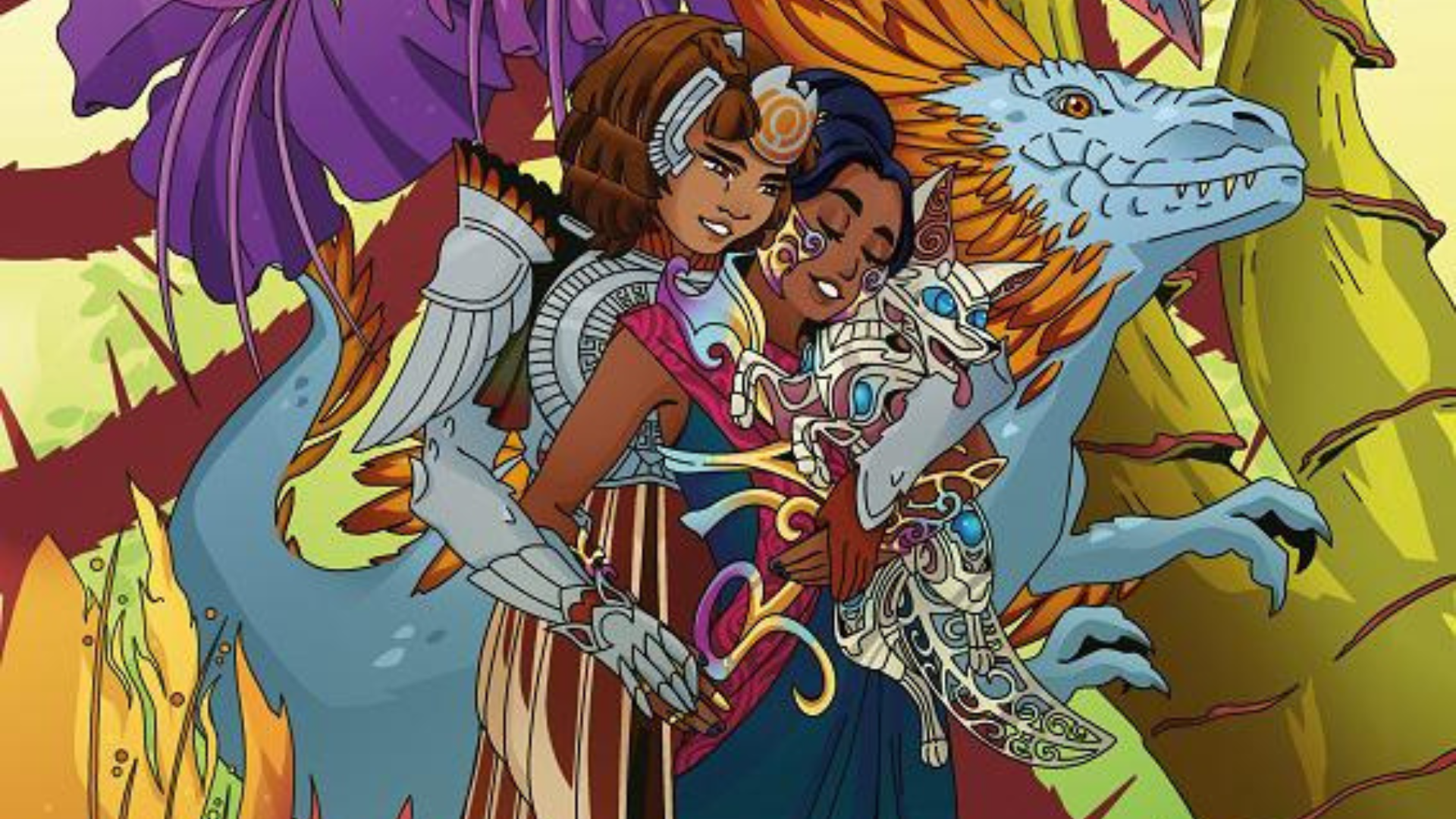
Like Ral and Tomik, Saheeli and Huatli are another pair of important side characters. They have impactful moments, but rarely do the two show up together in mainline stories, with their story “A Note For a Stranger” not even taking place during a critical story moment. While Saheeli has been seen as a part of the main story, due to her unique abilities with artifacts, unfortunately, Huatli ends up on the sidelines a lot.
Now we get into one of the longest LGBTQ+ stories in recent Magic history: the will-they-won’t-they story of Nissa Revane and Chandra Nalaar. Nissa Revane is a quiet Elven elemental mage from the plane of Zendikar, a world of rapidly changing landmasses, brave adventurers, and floating troves of treasures. Chandra Nalaar is a Pyromancer from the plane of Kaledesh.
Nissa and Chandra first interacted during the Oath of the Gatewatch set, where these two ladies worked together to destroy the Eldrazi, an extra-planar threat from the space between planes known as the Blind Eternities. The two would then join The Gatewatch, essentially Magic’s version of The Avengers. In the following Magic sets and their accompanying stories, it was hinted that Nissa might have a crush on Chandra, and she shared very little interest in men. Chandra, on the other hand, had a rougher time of it. While another character named Jace Beleren was Wizard’s golden boy, to the point they named the font on Magic cards Beleren, Chandra was arguably Magic’s golden girl. As to be expected, there was a lot of pushback to making her gay. So while there was a lot of hinting that Chandra might like Nissa back, nothing was really done about it.
Eventually, the War of the Spark occurred, and along the way, Wizards hit a few rough patches with this storyline. In fact, the result was far from ideal – especially if you were a fan of the burgeoning love story happening between Nissa and Chandra. The novel, ‘War of the Spark: Forsaken‘, had numerous issues, but the biggest was what happened with Chandra. After years of building up Chandra and Nissa’s relationship with one another, Forsaken ripped it away by publishing that Chandra had always been solely attracted to “big, strong-muscled men” and that though she and Nissa had confessed their love, they had only meant it platonically. The full excerpt from the book reads: “On Ravnica, in the wake of Gideon’s death and Bolas’, they (referring to Nissa and Chandra) had admitted to each other that they loved. But both of them knew deep down they were only speaking platonically.” The fallout was so bad, Wizards eventually published an apology, which is no longer available to read on their website.
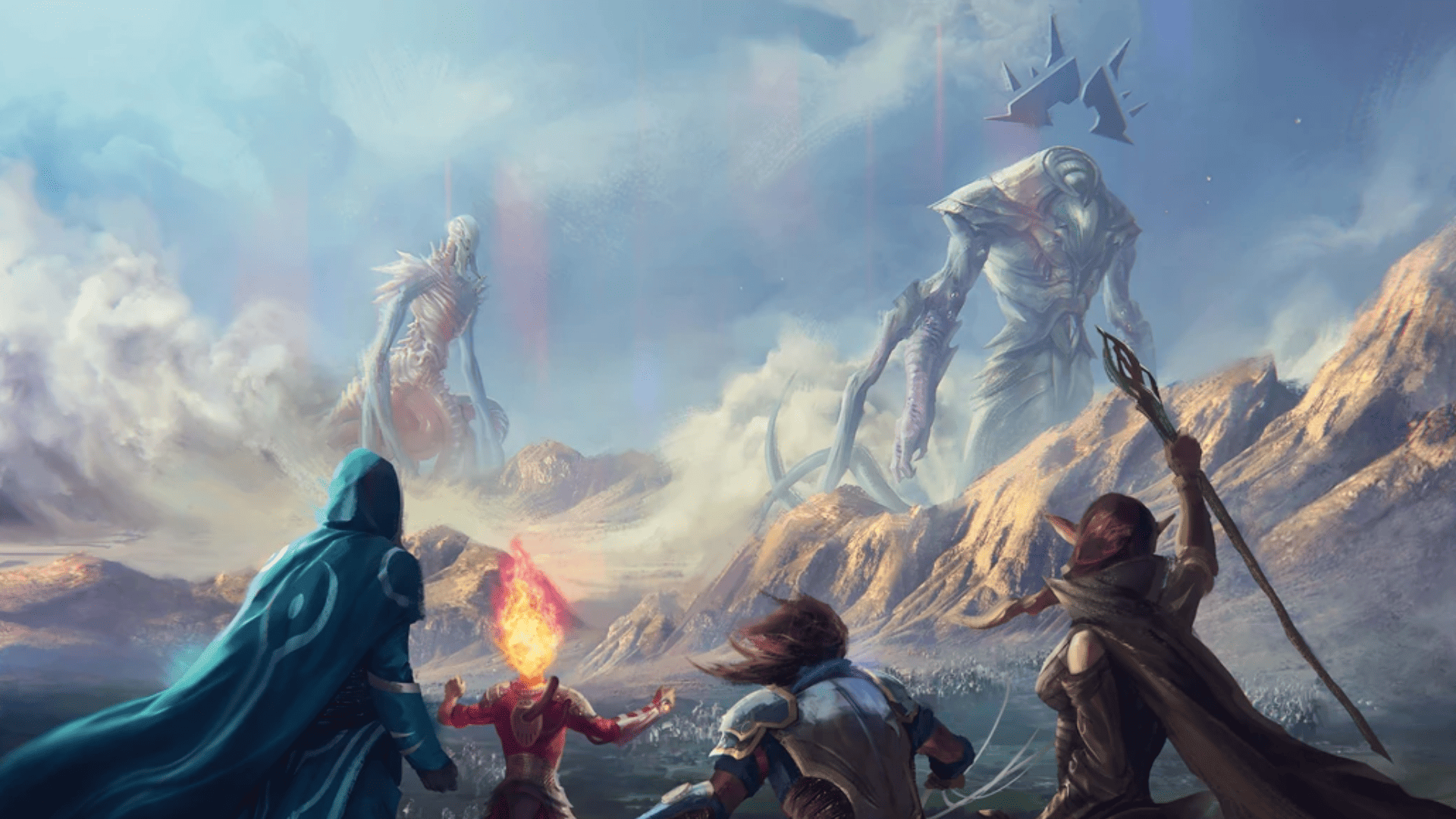
But the tale of Nissa and Chandra didn’t end there. In the closing act of Magic’s latest big story, Chandra and Nissa were finally allowed to commit to a relationship and kiss. However, this also came with some caveats. Though Nissa and Chandra are now together, Nissa has lost her planeswalking ability, and now the two girlfriends are journeying through the new Omenpaths to get Nissa home to Zendikar. Whether this means Nissa will be written off afterward, with Chandra gallivanting around the multiverse and falling in love wherever she goes while Nissa is moved into the background, is anyone’s guess. Considering how significant the two’s relationship is, however, we can only hope Wizards will either find a way to give Nissa back her spark, so they can travel together, or commit to the relationship, meaning Chandra would make occasional trips back to Zendikar just to love Nissa. But only time will tell how Wizards intends to handle it.
Next, we have Niko Aris, the non-binary planeswalker. The designer for Niko, Katie Allison, talked about wanting to create a story that everyone could identify with, and how they wanted to have Niko question societal norms and find their own path.
Niko’s story starts on Kaldhiem, a plane of ten Viking-inspired realms all linked together through the World Tree. In the story, Niko helps the main hero, an assassin named Kaya, repel an attack from a Phyrexian monster, before being saved by Kaya a few paragraphs later. The story was great, and many enjoyed Wizard’s inclusion of a non-binary character. However Niko’s role as a side character left much to desired, especially considering Niko was the very first non-binary character to be included in Magic. As of now, Niko has yet to return, even during the latest finale of Magic’s narrative.
It isn’t just Magic’s mainline narrative that features LGBTQ+ representation, however. There are many side characters in various side stories where LGBTQ characters are upfront and center, such as Alesha Who Smiles at Death, a trans-feminine warlord from James Wyatt’s story, ‘Truth in Names‘. Alesha is leader of the Mardu Klan and hails from the plane of Tarkir, a Mongolia-inspired plane ruled by dragons. In her short story we see Alesha leading her warriors against a powerful dragon foe and thriving against her enemies, which includes discrimination. In the LGBTQ+ Secret Lair drop, she is shown as an elderly leader who helps the next generation to stand up for themselves and what they believe in.

Alongside Alesha is Halana and Alena Partners, featured in Kimberly J. Kreiners tale, ‘Under the Silver Moon‘. The story follows Halana and Alena as they delve deep into the woods of Innistrad, a gothic horror-inspired plane, in search of werewolves in the nearby forest. While not outright stated in the story, Wizards has confirmed the two are a couple and even printed them on the same card to show their relationship.
Lastly in ‘His Eyes, All of Them‘ by Margret Killjoy, we meet Vadrik of Nephalia, a powerful wizard who is investigating a change in the moon of Innistrad and hoping the task does not take too long so he can get back to his husband, Hailin. What follows is an interesting investigation and great world-building, with Vadrik combating a summoned evil entity. In this story there is also the offhanded mention of a person raised as a boy but choosing the life of a woman, conveying an open-minded and inclusive setting.
In conclusion, the state of the Magic the Gathering multiverse is in constant flux. The latest arc of the narrative has closed, and a new one is starting, so there is arguably no better time to hop in if you have ever been curious about Magic and its story. There is hope within Magic’s community that Wizards will continue to improve its storytelling and representation efforts for the LGBTQ+ community. Wizards of the Coast has certainly stumbled here and there but has also had many successes. Now, they just need to give their strong roster of rainbow characters some time in the sun.







